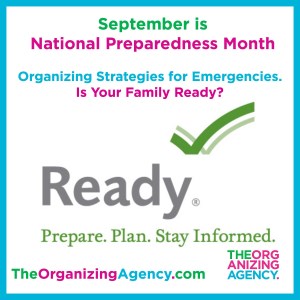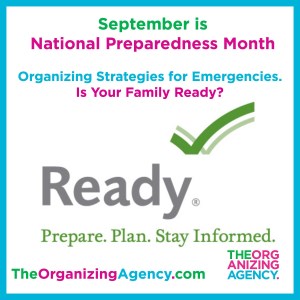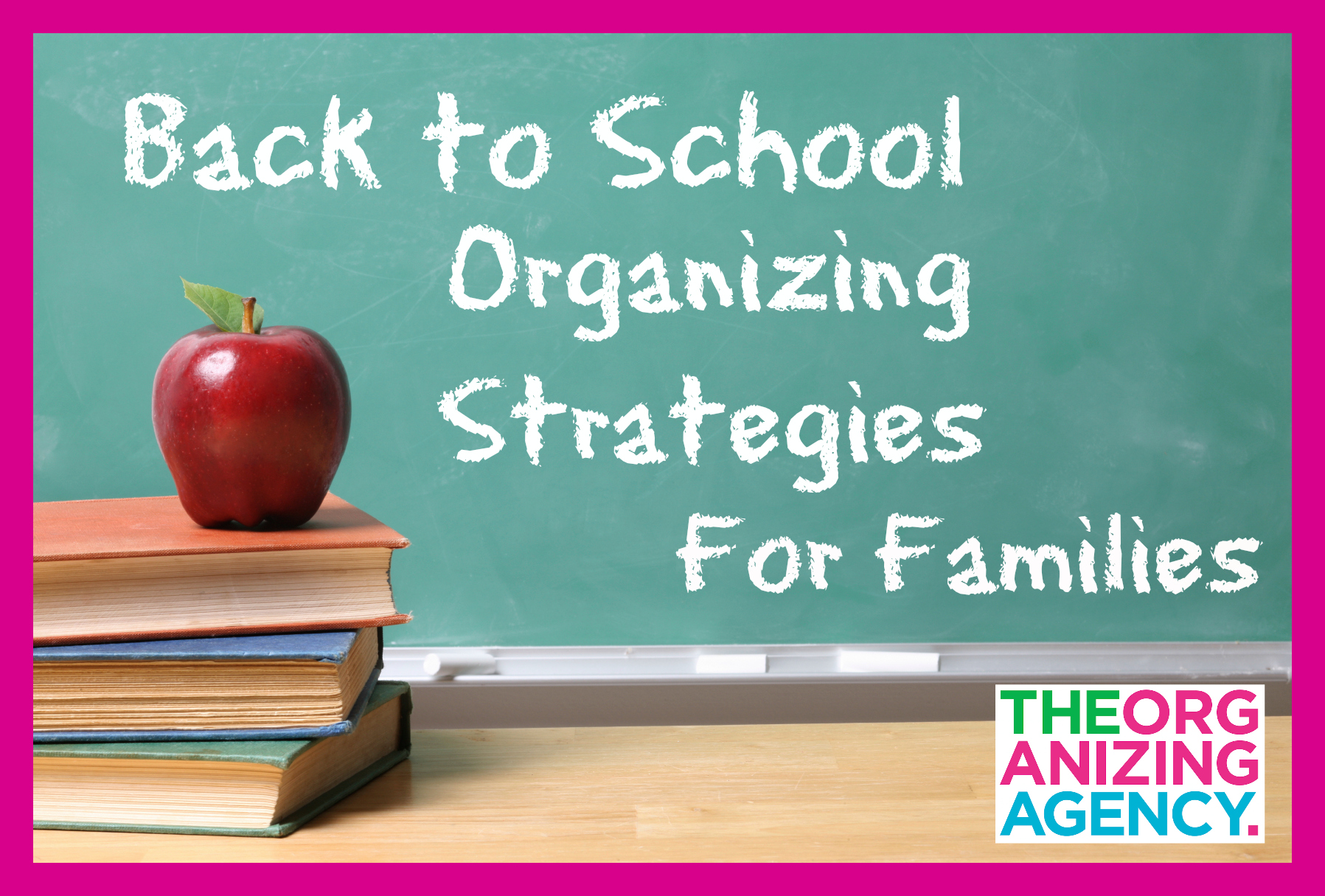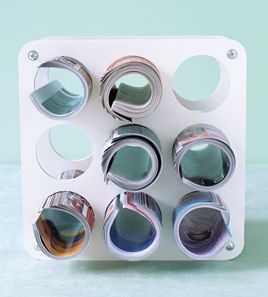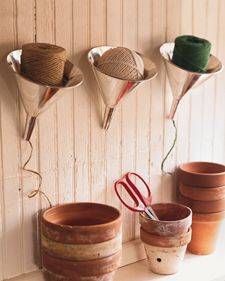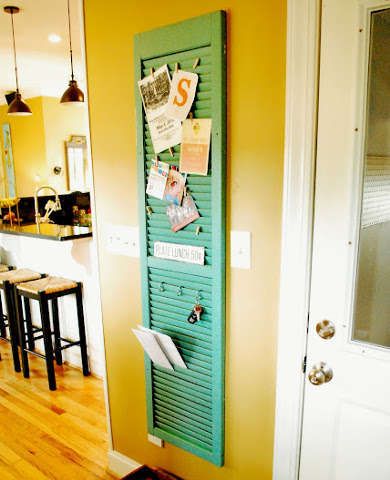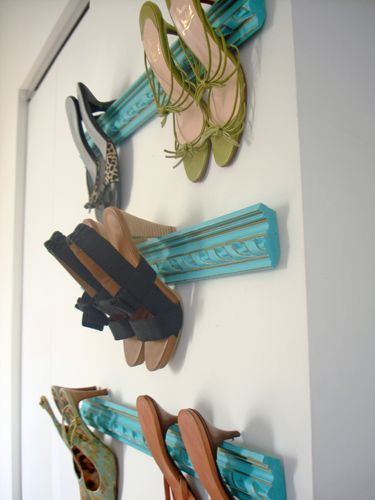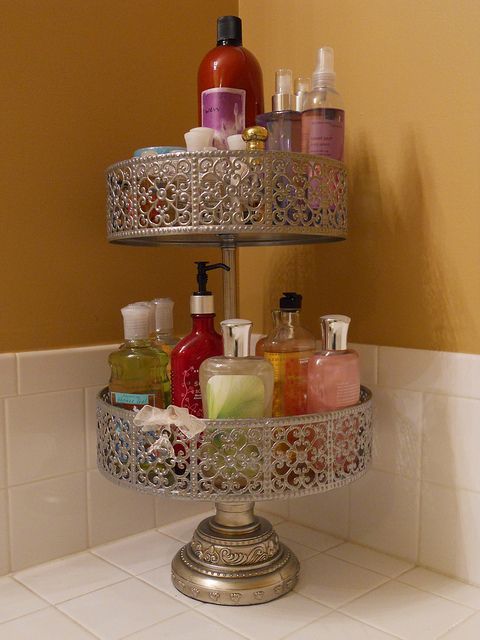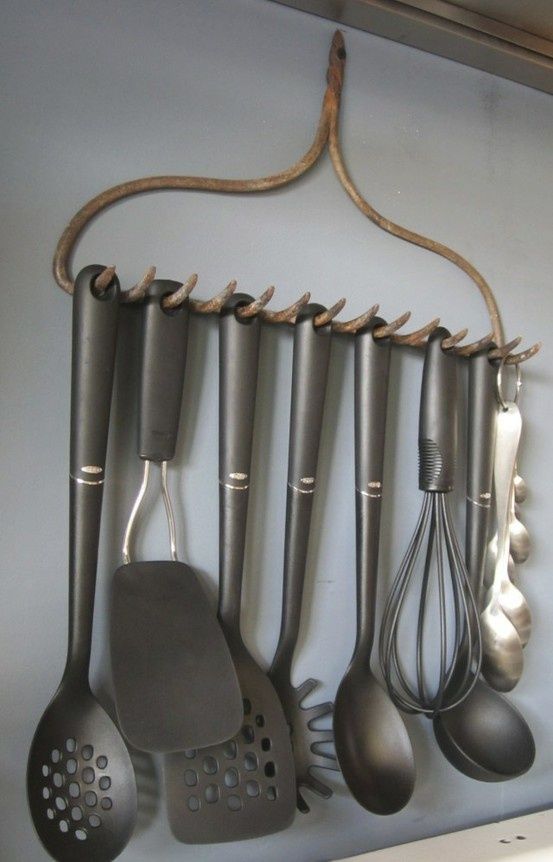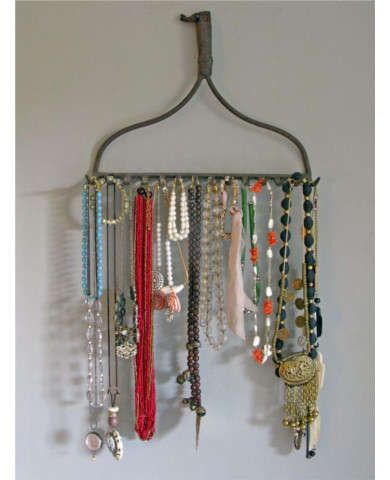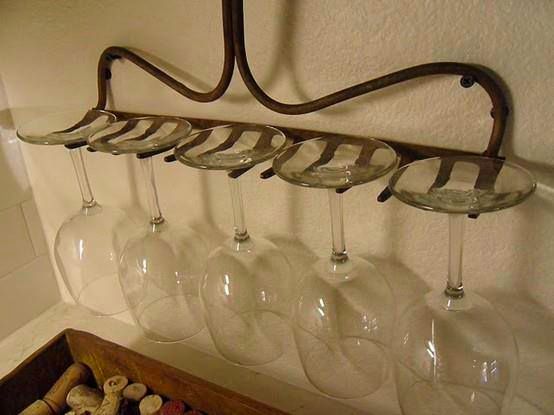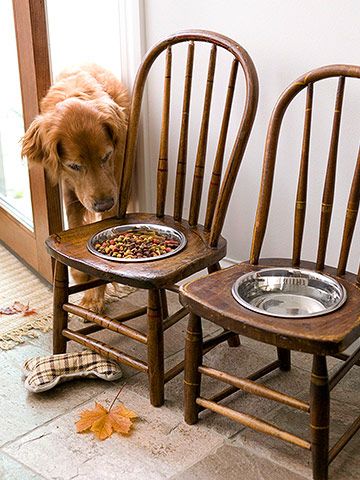Dorm Room Organizing Tips For a Successful Semester
 Don’t be daunted by dreary, diminutive dorm room! We’ve got plenty of ideas to turn your dorm room (or your kids’ dorm) into a fully functional, organized space. Getting the space organized will allow for better concentration, and help lay the groundwork for you (or your students) to have a successful semester at school.
Don’t be daunted by dreary, diminutive dorm room! We’ve got plenty of ideas to turn your dorm room (or your kids’ dorm) into a fully functional, organized space. Getting the space organized will allow for better concentration, and help lay the groundwork for you (or your students) to have a successful semester at school.
Make room!
Assess the available space and then figure out how you can make more of it. Over-the-door organizers can wrangle everything from shoes to toiletries to jewelry, and back-of -the-chair organizers keep notebooks, pens and other frequently needed items right where they’re needed.
The simple act of raising the bed, or even creating a lofted bed, can double your storage space while placing bulkier items within reach. Some bed risers now come with built-in electrical outlets, making it a handy place to charge devices or stash a reading light for after hours. Use the space you create beneath the bed to store sweaters, shoes, or books. Under-bed storage boxes (with or without wheels) are perfect for keeping things out of sight but accessible. Choose colors that coordinate with bedding, curtains or desk accessories for a more cohesive décor.
Hang ‘em high.
Curtains can be used to divide your space, to add privacy, or just to mask the mess that so easily accumulates in cramped quarters. Use a small tension rod and curtains to hide stuffed shelves or other storage nooks, to reduce visual clutter and create a more serene environment for your student.
The college hookup.
Perhaps the greatest invention for versatile, temporary living, the removable adhesive wall hook is a must have for all dorm rooms. These inexpensive lifesavers are sturdy, multi-functional, and they come in several colors and weight ranges. The best part is that they are very easy to remove and leave no damage to walls or doors. Use them to keep clothes, towels, and accessories orderly and off the floor!
Portable storage.
Communal living is the reality in dorms, so keeping an eye on your personal items is a real concern. Make sure to equip yourself or your kids with a durable, plastic tote to carry their shower items to and from the bathroom. This will save them time, as they’ll only have one thing to grab, and because the tote will easy keep things corralled, it will cut down on the cost of replacing lost or left-behind bottles of shampoo. And don’t forget a pair of flips flops for protection from communal shower floors, too!
Breathe life!
Stave off the stale air of dorm life by adding a small plant or two. Bringing nature inside has many benefits for your health and mood, and small, potted succulents are so low-maintenance that even college students can take care of them easily. Try dressing up the décor by adding brightly colored pots.
Divide and conquer.
A dorm room has to serve several purposes: bedroom, study hall, kitchen, and closet, to name a few. Creating different “zones” for each of these activities will keep the space organized and maximizes its functionality. Try using pegboards, corkboards and corner shelves to define specific areas and make the most of under-utilized wall space.
Also, since the space will most likely be shared with a roommate, it’s a good idea to touch base with them before the semester begins, so you can avoid doubling up on bulkier items such as a mini-fridge, microwave, or television.
Adjusting to college life is always a challenge, and taking the time to organize their new living space is one very important way to ease their transition and pave the way for a successful semester. Are you getting your kids settled at school this year? What techniques have you found work best for creating and maintain a multi-functional dorm room? If you’re struggling with this very question, we want to hear from you! Please share your comments below.



